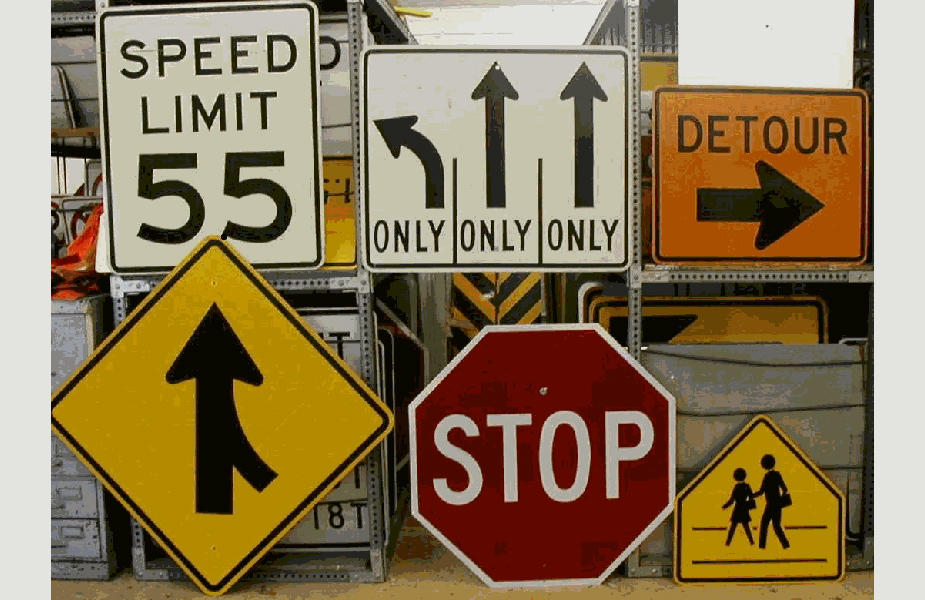

Traditional forms of supervision and assistance may no longer be feasible when much of the work consists of interchanges across an interface between controller and machine. To give the controller nothing but monitoring functions is therefore to introduce recalcitrant human factors problems for which no satisfactory solution may be found.Ī further unwelcome consequence of automated assistance in air traffic control originates in the fact that most aids are more suitable for individuals than for teams, and dialogues between human and machine take the place of interactions between people. This is not to be construed as a lack of dedication or professionalism among controllers, but it is a statement about the nature of human memory and understanding and the inability of humans to perform indefinitely routine tasks which are never needed but always superfluous. Without active participation in the control loop, the maintenance of knowledge of what is happening becomes insufficient to perform even those residual functions adequately. The controller may no longer be able to intervene in emergencies and be flexible in dealing with nonstandard circumstances. To cast the controller in a role which requires the monitoring of automated functions rather than active involvement in them is ultimately self-defeating. The controller does not use this retrieved information for any air traffic control purpose, but merely looks at it as a reassurance to aid memory and understanding of the current air traffic control situation.

#Traffic control manual#
The extent to which active participation in routine tasks aids memory and understanding has been consistently underestimated, so that when computer assistance takes the form of the replacement of the manual performance of routine tasks by their performance automatically, the controller often finds it necessary to introduce a new task, since positive action is now required to retrieve from the system information formerly obtained incidentally during the performance of manual functions.

Many of the prospective benefits of progressive automation may prove to be elusive unless all its human factors implications are anticipated and allowed for. These changes, if well chosen and sensibly introduced, can produce many benefits, but it is important to be aware of some of their human factors consequences which may not be so welcome, the prevention of which should influence the particular forms which automation takes. Many of these innovations imply increased automation of functions or more computer assistance for controllers. The future may bring intelligent knowledge-based systems, expert systems, very accurate satellite-derived navigational information, automated speech synthesis and speech recognition, touch-sensitive input devices, glorious color-a whole panoply of technological advances which can now be foreseen, if not implemented. David Hopkin, in Human Factors in Aviation, 1988 The Impact of AutomationĪir traffic control is a large human–machine system. In this airspace some air traffic control services are provided, especially near airfields, but in much of the airspace it is the pilots’ responsibility to see and avoid each other.V. The majority of airspace that is left is known as ‘uncontrolled’ and this is used by the military and recreational pilots. Most airliners are monitored by controllers using radar in airways and routes known as ‘controlled airspace’. This will continue through the aircraft’s journey until it is handed over to the controller at the destination airport. When an aircraft is nearing the edge of their sector they will coordinate its handover to the next controller. Once airborne the pilot will then normally talk to another controller using a radar screen to track the aircraft’s progress through the airways system (equivalent to motorways in the sky).Įach controller is responsible for aircraft in a set piece of airspace. Air traffic controllers will look after the aircraft while it is on the ground and give it permission to take off. When an aircraft is at an airport, the pilots on board will be in contact with controllers in the airports control tower. Air traffic control at airports is provided by a mixture of companies.Īirlines will file a flight plan with air traffic control so every controller who deals with the flight on its journey is aware of its details and route.In the UK aircraft in the airways system are handled by NATS.Controllers keep aircraft set distances apart while moving them from airport to airport using set routes. Air traffic control aims to move aircraft safely and efficiently through the airspace system.


 0 kommentar(er)
0 kommentar(er)
